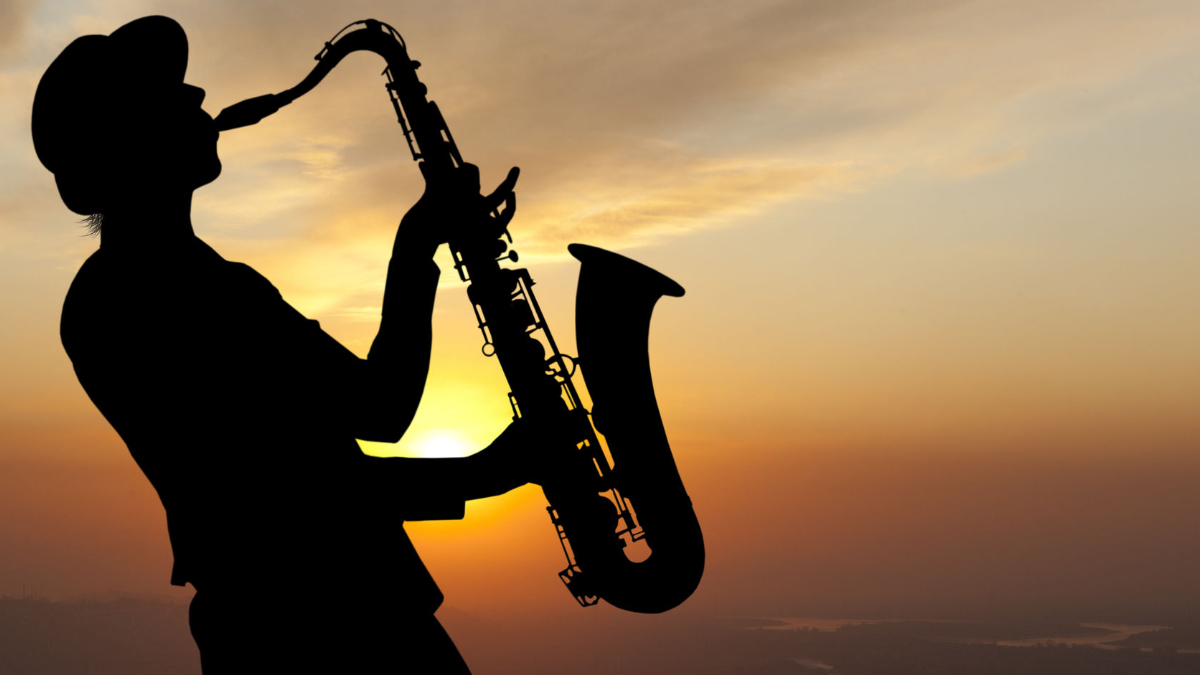On July 4, Americans celebrate their independence, and on July 17 they might take time to recall John Coltrane. Fifty years after his passing, tragically, many know little about this giant of American musical artistry.
John Coltrane was born on September 23, 1926 in Hamlet, North Carolina. When he was 12, his aunt, grandparents and father died within a few months of each other, leaving the youth to be raised by his mother and a cousin. This upbringing gave John Coltrane no special advantages or privileges.
The family moved to Philadelphia, and in September 1943 John Coltrane got his first saxophone, an alto. Though undeniably gifted, he recognized the need for practice, hard work, and discipline. Coltrane heard all the greats, including Charlie Parker, Lester Young and Coleman Hawkins, but he was no imitator.
The former Ornstein School of Music student practically memorized Nicolas Slonimsky’s Thesaurus of Scales and Melodic Patterns. This training helped him compose great music in the very act of playing it before a live audience, which is what jazz artists do.
Coltrane developed his own harmonic concept, as in “Giant Steps,” but he was adept at simple figures, such as the turnaround on his compositions “Bessie’s Blues” and “Some Other Blues.” He could play “outside” the chord changes with blinding velocity but also render a ballad with great beauty.
Coltrane’s album with Duke Ellington remains a classic, and Rogers and Hammerstein’s “My Favorite Things” gained a whole new life through Coltrane’s rendition on the soprano saxophone. As his album with silky-voiced Johnny Hartman confirms, Coltrane could also comp a singer. His virtuosity joined with his spirituality in the “A Love Supreme” album, artistry of the highest level.
He played “Resolution,” the second part of that album, on May 7, 1967, at The Famous Ballroom in Baltimore, accompanied by Pharaoh Sanders, Jim Garrison on bass, Rashid Ali and Algie DeWitt. The place was packed, but nobody knew this show would be the great artist’s final performance. Two months later, on July 17, John Coltrane died of kidney failure at the age of 40.
Five decades later, jazz is by some accounts the least popular music in the United States, representing less than two percent of album sales. In these conditions, one sometimes hears, rockers, rappers and such are the modern creative heirs to John Coltrane.
Bandleader and producer Quincy Jones, a fine jazz trumpeter in his time, knows it isn’t true. When compared to Kanye West, for example, Jones responded, “No way. Did he write for a symphony orchestra? Does he write for a jazz orchestra? Come on, man. He’s just a rapper. There’s no comparison.”
John Coltrane played actual music, which involves melody, rhythm and harmony. He had to master a difficult musical instrument, learn to transpose and play in harmony with other instrumentalists.
For their part, rappers have been calling for violence against the police or ethnic groups they don’t like. And rappers are also known for celebrating violence against women.
There is no comparison between any of that and John Coltrane, a gentle, spiritual man whose music bore no trace of hatred, bigotry or misogyny. Indeed, one of his favorite compositions, and one of the most beautiful, was the ballad “Naima,” dedicated to his wife.
Contemporary popular culture is dominated by issues of race, class and gender. John Coltrane, on the other hand, showcases truth, goodness and beauty. Fifty years after his departure, he remains one of the greatest artists in a great American art form. It’s time to start giving him some love.








